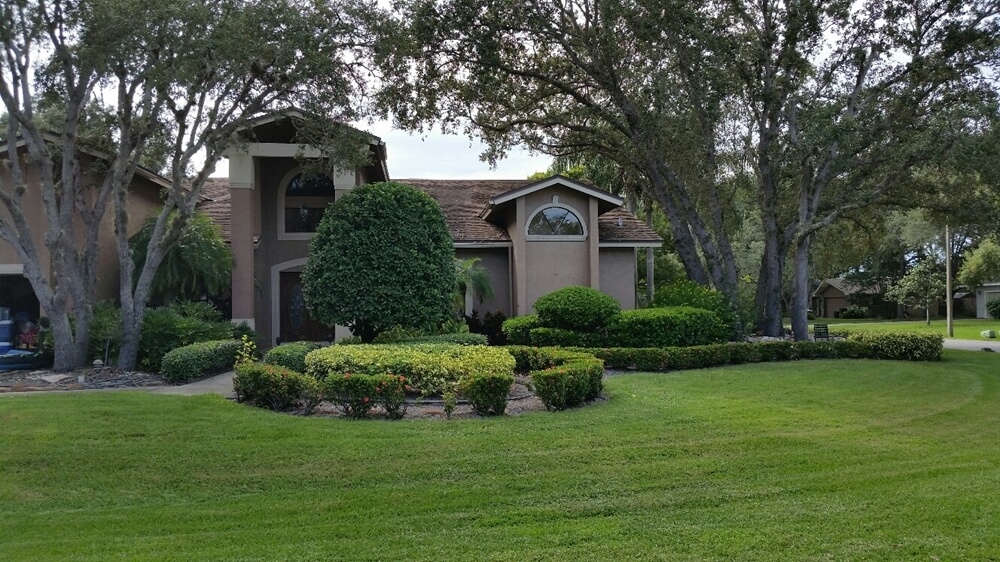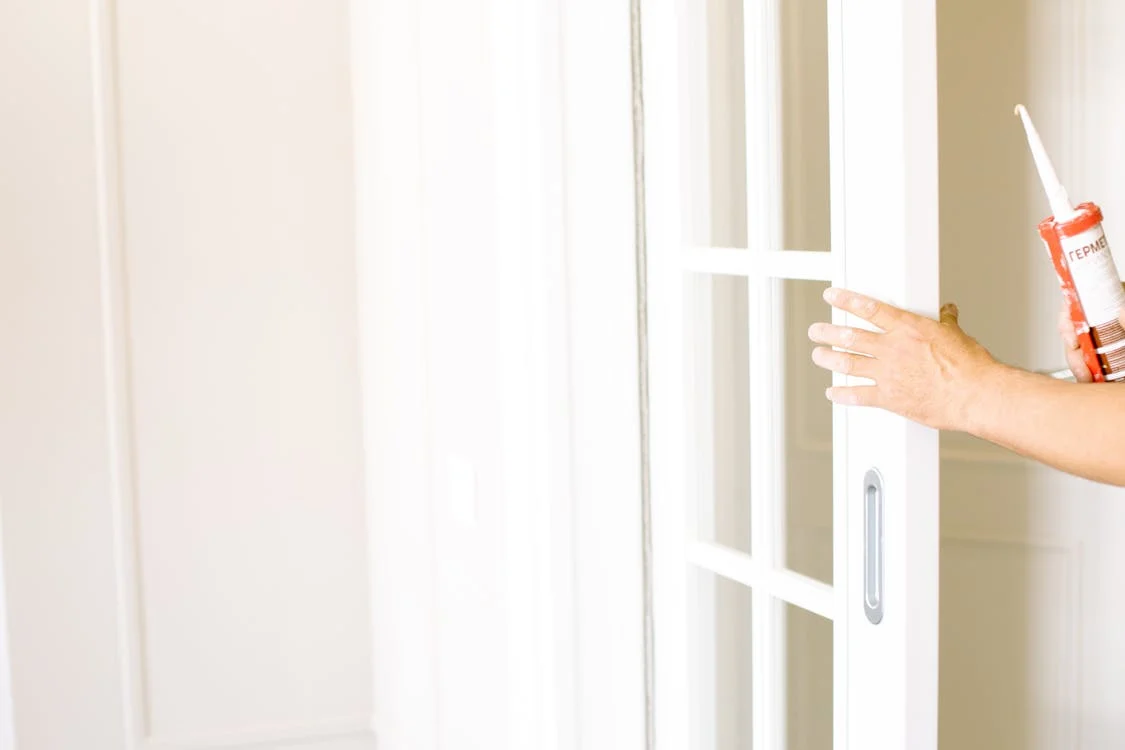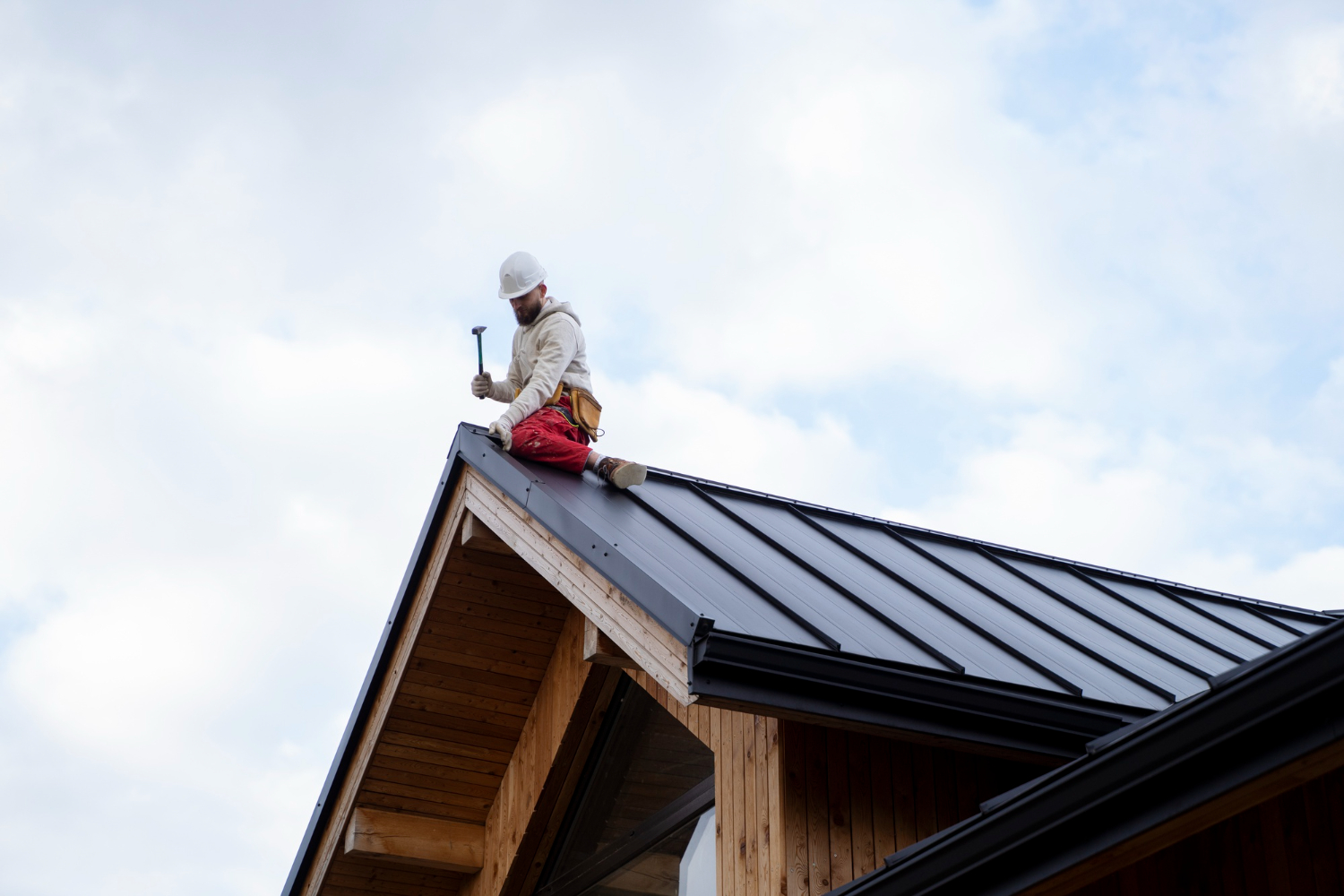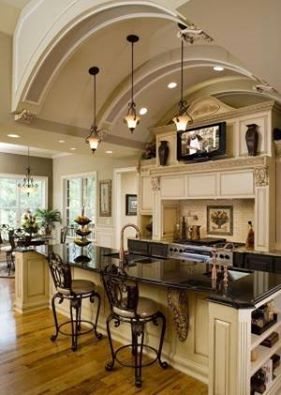By using our website, you agree to the use of cookies as described in our Cookie Policy
a
Rss Feed
IT'S OUT OF SQUARE, WHY SHOULD I CARE? AVOIDING POOR CONSTRUCTION PRACTICES
"As the twig is bent, so grows the tree." It's an old adage that is particularly on point in construction. The end product starts with a proper layout - this is 100% true and a constant, whether laying out a skyscraper or a bathroom remodel.
It is of utmost importance that the intended construction start out "square" [not the shape of a square but rather "lines that are 100% perpendicular to each other"]. When starting a completely new project, there is no excuse for not being square. When renovating, it is often necessary to make adjustments based on what you have to work with. These "adjustments" can be made logically and in a controlled manner ONLY if you know what square is and how far out of square the existing actually is.
OK - how do we test for square? The PYTHAGOREAN THEORUM is the answer. Pythagoras was a Greek mathematician who developed this in 530 BC, thereby making it very easy for everyone since to check the squareness of a layout. NO EXCUSES! The theorem is "A" squared + "B" squared = "C" squared, what does this mean - using a triangle with a 90 DEGREE CORNER . . . . . . the square of the two sides creating the corner, when added together, equal the square of the angular side connecting them [the hypotenuse]. The secret sauce for us in construction is the 90 DEGREE CORNER! For this condition to exist, the lines MUST BE completely perpendicular to each other - THIS IS WHAT WE ARE SEEKING!
We use a shorthand version of this theorem to quickly check for the 90 degree corner. It is called "3,4,5"! To check if you have a TRUE 90 degree corner all you need to do is measure out 3' on one side and 4' on the other side, then measure the diagonal line connecting the points you just located - that connecting line [the hypotenuse] MUST equal 5'! If it doesn't, your layout is OUT OF SQUARE. If it is less than 5' you need to increase the angle between the sides, if it is greater than 5' you need to decrease the angle between the sides. This is 100% accurate and foolproof!
If you have the space to use a larger version of this, 6', 8', 10' is even better as it reduces the potential for human error by using longer distances - remember, the goal is to attain true squareness [90 degree intersections]!
Another trick to check squareness is to create the BIG SQUARE or BIG RECTANGLE of the entire layout - even if the shape is an L or a T you can extend the sides to create a rectangular shape. All you need to do is measure the diagonals of the BIG RECTANGLE and make sure they match. If you are square, they will be exactly the same measurement! If not, you can play with the corners as needed to create matching measurements - THIS BRINGS YOUR LAYOUT TO TRUE SQUARE! This simple math is your friend, use it.
‹ Back






.png)

Comments